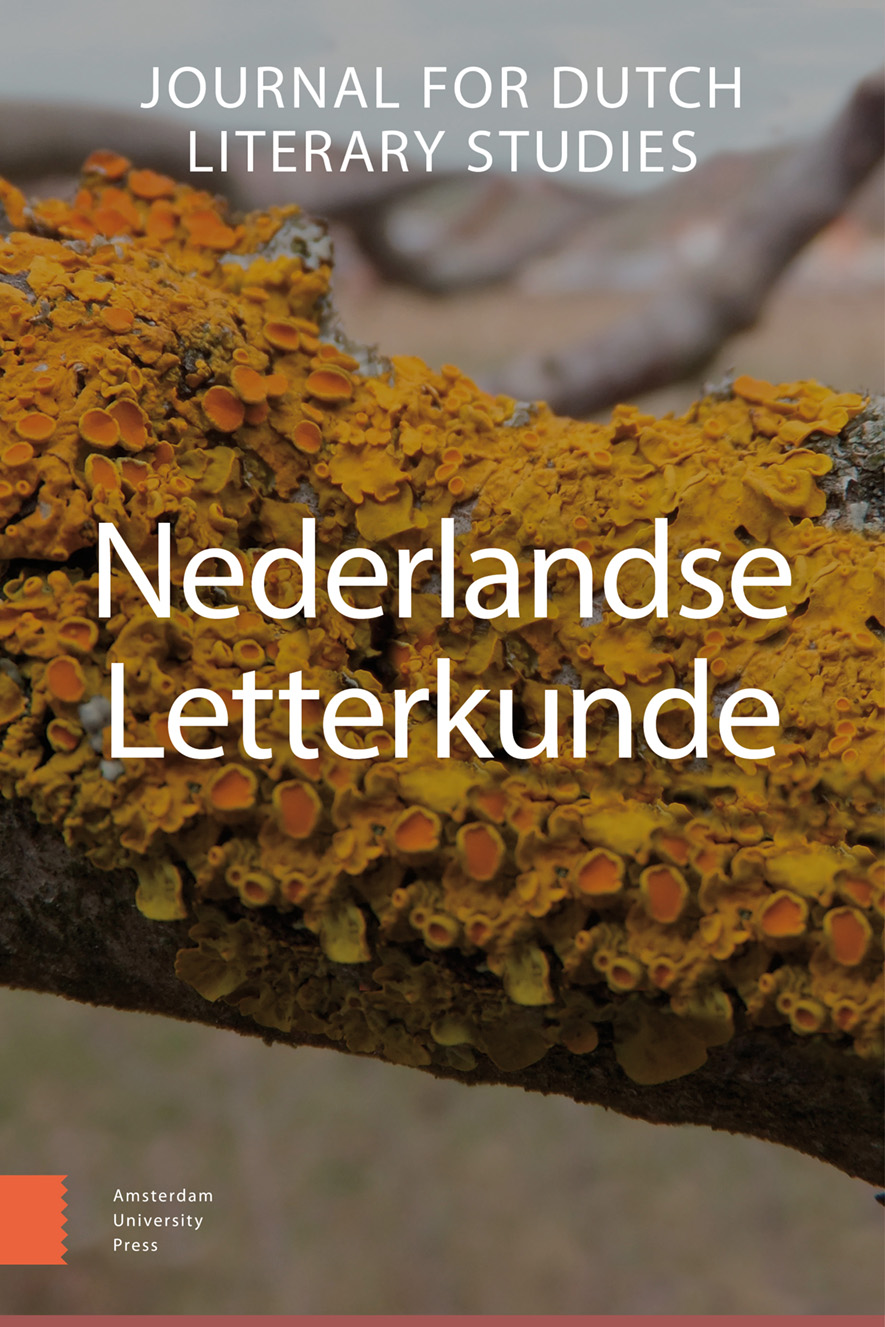-
oa Acceptatie van het vreemde - Pers- en geloofsvrijheid in de Republiek vanuit internationaal perspectief
- Amsterdam University Press
- Source: Nederlandse Letterkunde, Volume 15, Issue 2, Jul 2010, p. 73 - 102
- Previous Article
- Table of Contents
- Next Article
Abstract
During the majority of the seventeenth century, religious literature produced in the Dutch Republic contained far fewer illustrations than the religious literature produced in the Southern Netherlands, England and Germany. The relative freedom with which different denominations and their attendant ideologies coexisted in the seventeenthcentury Dutch Republic, would seem to provide an ideal setting for the integration of old and new religious visual practices. Visual components were, however, not easily integrated in literary-religious publications in the Republic. In fact, the process was unexpectedly complicated and discontinued, one aspect of which is discussed in this article. It is argued that in at least in one city in one of the Republic’s neighbouring countries old and new visual traditions intermingled earlier and more thoroughly, judged by the development of religious emblematics in Frankfurt between 1617 and 1631. In this period, a group of talented Southern Netherlandish engravers and authors joined forces with the Calvinistic publisher Lukas Jennis to produce a series of hybrid religious emblem books. The last book in the series was Bartholomeus Hulsius’ Emblemata sacra, the first Dutch Reformed emblem book ever published. Frankfurt provided exactly the sort of climate in which different confessional traditions intermingled and influenced each other with little friction. This exemplary case urges us to reconsider the nature of Dutch toleration: why could a country known for its religious toleration not develop these forms of cultural hybridity on its own initiative?


